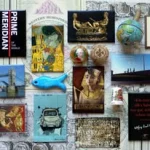It is the 21st of March, let’s say: year 499 BC. In Persepolis, preparations for the New Year celebrations (Nowruz) are culminating. Delegations who arrived to greet their king Darius I. and brought him precious gifts from their homelands are gathering on the 111 steps on the dual stairway. The steps have rises of 10 cm only because the visiting delegations should ascend with dignity. 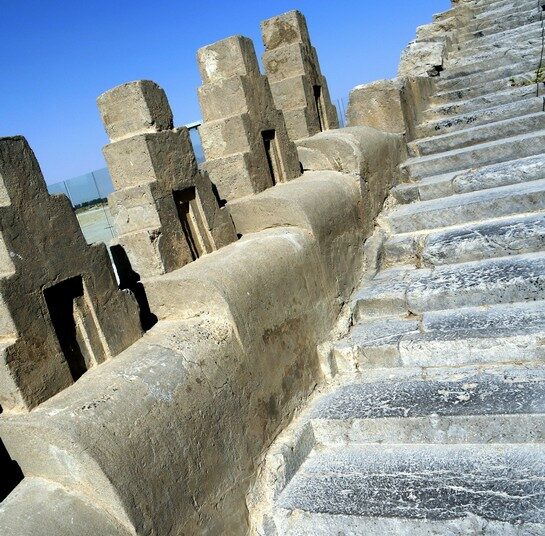 The group of the Scythians can be easily recognized, all six men wear pointy hoods. The Elamites in pleated cloaks are calming down a lioness who nervously turns her head towards her two young. The Ethiopians are bringing an okapi, there are also some horses, bulls and camels in other groups. All the animals are a contribution to the king’s stables and hunting park.
The group of the Scythians can be easily recognized, all six men wear pointy hoods. The Elamites in pleated cloaks are calming down a lioness who nervously turns her head towards her two young. The Ethiopians are bringing an okapi, there are also some horses, bulls and camels in other groups. All the animals are a contribution to the king’s stables and hunting park.
The foreign delegates are wearing a ceremonial or riding dress, only the delegation from India looks plain – the men are barefooted and have a wrapping skirt on. But they too bring a very precious gift to the king – small but heavy bags with golden powder from the basin of the Indus River. The Thracians, Lydians, Syrians, Babylonians, Egyptians and Ionians are already here as well. Not one of the 28 nations of the Persian Empire is missing. They are wearing different vessels, jewels, weapons and precious fabrics in their hands. Their figures – recognizable by clothing, head dresses and arms – are still marching past on the reliefs in Persepolis. The delegations following one another in the given order are approaching the Great Hall Apadana where king Darius I. is expecting them, holding a lotus flower in his left hand – a symbol of his highest position.
Although we could see only the conquered and burnt Persepolis, damaged by many earthquakes and eroded by rain and wind for 25 centuries, we felt some sacred respect to this place anyway. Instead of the delegations from all parts of the empire, groups of tourists from all over the world come here to express their admiration for ancient Persian kings who overshadowed other ancient rulers by their wisdom and tolerance.
Darius I., the third Achaemenid king, chose this place around 518 – 515 BC and ordered to build the richest city under the sun here. But first, he ordered the construction of a main terrace which was already a big challenge for his architects – the terrace is 18 m above the ground! When Darius died, his son Xerxes I. and after him his grandson Artaxerxes I. continued in the construction of the buildings on the terrace.
Same way like the other tourists, we also entered the place through the Gate of All Nations. We could still recognize the remains of giant bulls with human heads, a pair of them also with wings. There was also an inscription in three languages (we would see similar inscriptions on other parts of the site as well) and some graffiti left by visitors more than 100 years ago.
There are remains of buildings, palaces, statues and columns everywhere.
For example, column heads with doubles heads of legendary creatures with the head of an eagle and the body of a lion (griffin). They are turned with their backs on each other, there is a seat between them for cedar beams which used to carry the roof.
On some other columns, there were gilded heads of bulls, lions and human beings. Once, these columns with a height of 20 m used to be the pride of the audience hall Apadana, which had been an important symbol of the great empire. How astonished the foreign delegations must have been standing when they had entered the magnificent hall with the impressive size of 100×100 m, full with furniture made of gold, beautiful statues and fine carpets?
Persepolis was destroyed in 330 BC by Alexander the Great, yes, the same Alexander who was famous for building new cities and not destroying them. It is even said that he was the first to throw a lit torch. The palaces had been built mostly of cedar which quickly took fire and spread it widely. Some historians say it had happened by accident but others are persuaded that it had been a deliberate act of revenge for the burning of Athens during the Greek-Persian wars.
Although only ruins remain from the legendary city, there are a lot of amazing reliefs on the walls. Very often, the king is sitting on his throne which is supported by representatives of all 28 nations of the Persian Empire. The god symbol Ahura Mazda is flying above the king.
I liked very much that I could not see pictures of the king as a winning warrior standing above the lifeless bodies of his enemies anywhere as it is common on the ancient monuments in Egypt. No hands chopped off, no low bows and no raised arms begging for mercy. The Persian Empire was known for its tolerance of habits and religions of other nations – even the delegates were allowed to keep their weapons, they were free people, not representatives of enslaved nations.
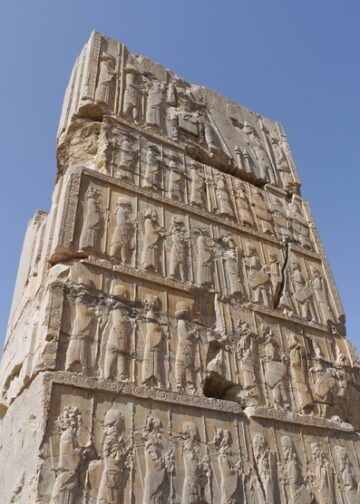 If there are scenes with the fighting king, then he will be depicted as fighting against monsters as symbols of evil. There are also some “action” reliefs with a lion who sinks his teeth into the back of a bull who, in defiance, turns his head backwards…
If there are scenes with the fighting king, then he will be depicted as fighting against monsters as symbols of evil. There are also some “action” reliefs with a lion who sinks his teeth into the back of a bull who, in defiance, turns his head backwards…
There are endless rows of bodyguards of the king – “the army of immortals”. They are also called “apple bearers” because their lances end with a small grenade apple (the high ranking officers had one made of gold, the others of silver). Not to damage it, they lean the lances on their foot. The king always had exactly 10.000 guards, if one dropped out, he would be immediately replaced by a new one so the number stayed the same all the time.
We could also see some nobles on the reliefs. They were not as stiff. One puts his hand on the shoulder of the other one or turns back talking to a man who is standing behind him.
Servants bringing different tools, objects, drinks or food to the king. They have a cap on their head which is called bashlyk – you can pull it down so that only the eyes remain uncovered. The caps were mostly used for riding through the steppe.
The winged Ahura Mazda with a body of a sphinx and a human head, who raises one paw for a greeting.
There are also pictures of the king with his servants who are wearing a sun umbrella or a fan to drive off flies. Big holes are still visible as the soldiers of Alexander the Great tore off necklaces, crowns and other details made of gold that once had decorated the reliefs.
 It is interesting that I did not see any women depicted on any relief. Was it an accident or a purpose? It is possible that women did not participate in official events where the male rulers demonstrated their power. Or was there another reason? Greeks used to say about Persians that they were very jealous, that they watched their women. Is it possible they kept them locked away to avoid foreigners seeing them?
It is interesting that I did not see any women depicted on any relief. Was it an accident or a purpose? It is possible that women did not participate in official events where the male rulers demonstrated their power. Or was there another reason? Greeks used to say about Persians that they were very jealous, that they watched their women. Is it possible they kept them locked away to avoid foreigners seeing them?
Anyway, the position of women in the Persian Empire was not bad. They had similar chances for education and career as men and got the same salaries. They had also high positions in some jobs (heads of royal manufactures) but their working time was shorter to have enough time for the work in their households as well. They even had a 5-month-maternity leave. We are speaking about the 6th century BC!!!
The empire had a complex of laws and rules, a banking system (the word “cheque” comes from Persian) and a post. Wine belonged to everyday life, rhytons – special goblets in the form of a bent horn – are their invention.
Where do we know this from? Just imagine – Persians kept their documentation on tablets in the Persepolis Administrative Archives. Paradoxically, the fire that caused the destruction of Persepolis burnt out those clay tablets and preserved them. More than 30.000 tablets were found here!
We also climbed a small hill with the tomb of Artaxerxes II. The king is standing on a pedestal supported by the representatives of all nations. In front of him, there is an altar with burning fire, above him the winged symbol of god Ahura Mazda and a moon in the right corner. And below the king, tourists are taking their selfies with all the symbols in the background.
From here, we had an amazing view of the whole Persepolis. The former column halls looked like a board game, the bases of the collapsed columns arranged at regular intervals like gaming pieces who had already finished their game. The son of Darius, Xerxes did not only want to complete the halls and palaces of his father but to build something of his own. Being upset that everywhere he was depicted only as the crown prince, he removed some reliefs and replaced them with others (oh, I believe this has happened in every single ancient as well as recent civilization…). Xerxes also decided to build an even bigger audience hall, with 100 columns from black marble. Not even those could endure the fire.
Somewhere here the treasury was located. However, that was no chest with a key, but the financial center of the whole empire, a fortress without windows, but with walls up to 11 m. Here were kept fantastic treasures, the gifts brought from the provinces. It is said that Alexander‘s companions needed 3.000 camels and a huge number of horses and mules for their transport. What was not taken by the soldiers, was destroyed in the fire.
Soon, Alexander the Great had worked out that neither his Greek nor his Macedonian functionaries were capable of running such an empire. That is why he returned many Persian officials their former functions, put on Persian garments, married a Persian princess and even ordered his generals to marry local women. After the memorable fire though, Persepolis has never been inhabited again. Today, sometimes a lizard may appear, an eagle may fly over the ruins and out of the dust of ancient centuries, violet crocus may bloom.
We sat in the shadows of the acacia trees and bought us some ice cream, which was served with grenade apple juice.
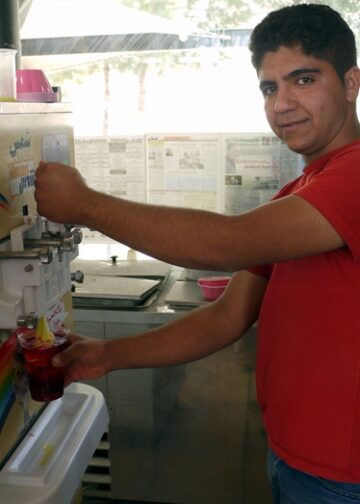 The sweet ice cream with the bitter taste of the drink created a delicious combination.
The sweet ice cream with the bitter taste of the drink created a delicious combination.
 Sitting there, we were thinking about the basic principles which were followed by Persian kings in ancient times: social care for everyone, especially for the weak, tolerance of other religions and absolute justice for everyone. I remembered an inscription on a grave: “Do not take for extraordinary, what is done by the mighty, but perceive even more, what accomplishes the weak.“ Drinking the juice with the ice cream, through our head thoughts were wandering, what of these rules persists also in today‘s Iran…
Sitting there, we were thinking about the basic principles which were followed by Persian kings in ancient times: social care for everyone, especially for the weak, tolerance of other religions and absolute justice for everyone. I remembered an inscription on a grave: “Do not take for extraordinary, what is done by the mighty, but perceive even more, what accomplishes the weak.“ Drinking the juice with the ice cream, through our head thoughts were wandering, what of these rules persists also in today‘s Iran…
xxxxxxxxxxxxxxxxxxxxxxxxxxxxxxxxxxxxxxxxxxxxxxxxxxxxxxxxxxxxxxxxxxxxxxxxxxxxxxxx
Here is a detailed description of the Relief of All Nations, because it is not always mentioned in tourist guides. Every delegation (3-9 people) is led into the audience hall by a Persian dignitary and at the rear of every group is a tree.
We start in the top row, from left to right:
Medians – carrying jugs, pots, a short sword in an artistically wrought sheath, bracelets and garment. They wear the typical Iranian horsemen uniform, apart from their leader they all have a bashlyk on their head.
Elamites – in long pleated clothes, with a broad headband on their heads. They bring bows and daggers and lead a lioness. Two men carry her cubs.
Parthians – also in horsemen uniforms. The first one carries pots, the second leads a two-humped camel and the third is enwrapped in the fur of a wild cat or a lion.
Arians – of similar compilation, but with short trousers – bloomers – and a turban on the head.
Damaged – on the basis of the preserved depictions of the clothes, historians have agreed that those are the Egyptians. They lead a bull.
Bactrians – again in horsemen uniforms, but with shoes instead of boots. Their hair is held by nets tied at the back of their heads. They hold bowls in their heads and the last one leads a camel.
Sogdians – they are dressed similarly to the Medians, their neighbours. As a tribute, they bring folded clothing and a horse with a tied tail.
Middle row:
Armenians – in horsemen uniforms, a bashlyk on their head, but the sideward parts are tied at the back. They lead a horse and bring a beautiful amphora.
Babylonians – in their typical wrapped garment, under which they wear short-sleeved shirts. They bring bowls – likely out of metal or glass – fabric and an ox.
The delegation from Syria – in long shirts with short sleeves and a broad belt. They have flat, round caps decorated with ribbons on the edge. They bring folded clothing, animal skins, bowls and two rams.
Scythians – easily recognizable by their pointy hoods tied below their beards. Swords hanging on the belts are additionally fastened to the leg. They lead a horse and carry bracelets, clothing including riding trousers with shoes.
The delegation from Gandaharia – in short tunics and shawls thrown over the shoulder. They bring a bull, lances and a big, round shield.
People from Khwarezm – horsemen clothing with bashlyk. They bring bracelets, a horse and some objects which probably belong to horse equipment.
Bottom row:
Lydians – the most important nation of Asia Minor, demonstrating their wealth also by the gifts they bring – jugs and bowls made of precious metals, golden bracelets and a carriage with two horses. They have pleated clothes and high caps, from under which a hair lock pokes out and is tucked behind the ear.
Cappadocians – dressed similarly to the Armenians, but with short cloaks. They lead a horse and bring some clothing.
Ionians – dressed similarly to the Lydians. They carry balls of wool, fabrics and bowls.
People from Drangiana and Arachosia – with a two-humped camel, in bloomers with falling folds and shirts up to their knees. They only have headbands with covers for ears on their heads. They bring bowls and goblets.
Indians – only the leader has sandals and a long wrap, the others are barefooted and with naked upper body parts. They only have a wrapped skirt on. On the back of their heads, they have headbands tied in a big knot. They bring a mule, fighting axes and small bags with golden powder.
Side slanting wall:
Thracians – with their typical helmets, they bring weapons and a horse.
Arabs – in long wrapped dresses and sandals, they bring clothing and a dromedary as a tribute.
Carians – in wrapped dresses with a free shoulder over a long-sleeved shirt. They bring weapons, a round shield and a bull.
Lybians – bringing lances, a billy goat with long horns and a carriage with horses.
Ethiopians – in long clothing, the first man carries a closed vessel, the second one an elephant tusk on his shoulder and leads an okapi.
Text: © Copyright Ingrid, Travelpotpourri
Fotos: © Copyright Ingrid, Travelpotpourri

 TRAVEL
TRAVEL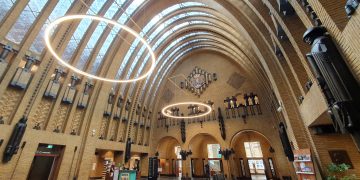
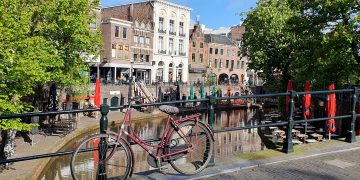


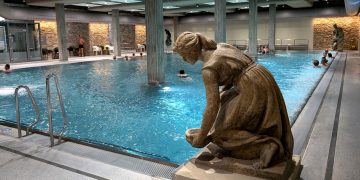
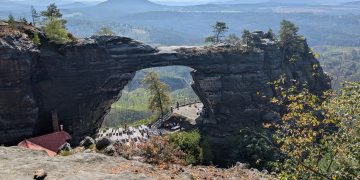

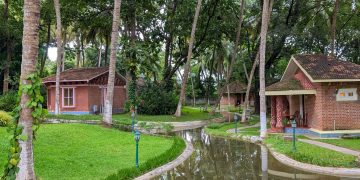
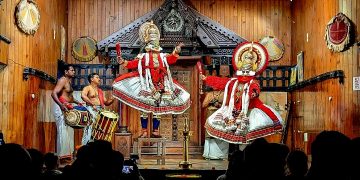
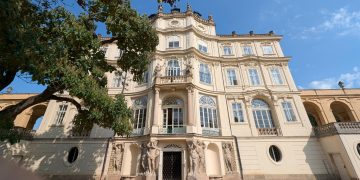
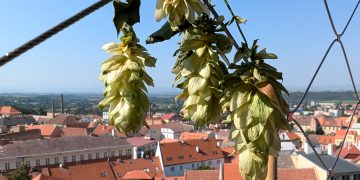

 RECIPES WITH A STORY
RECIPES WITH A STORY
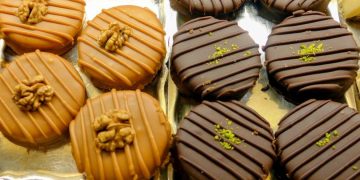


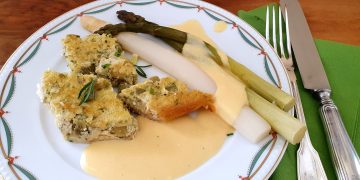





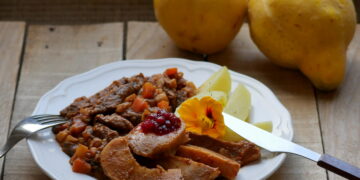

 AUSTRIA-VIENNA
AUSTRIA-VIENNA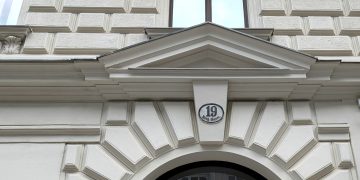
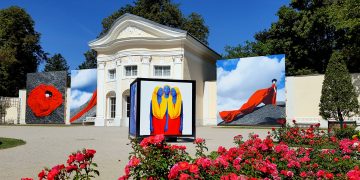
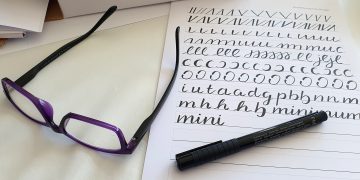
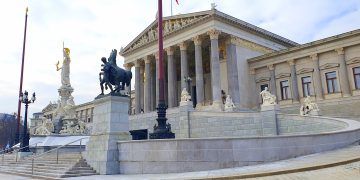
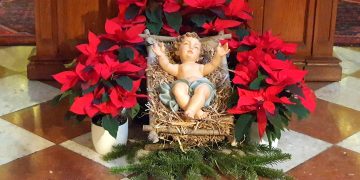

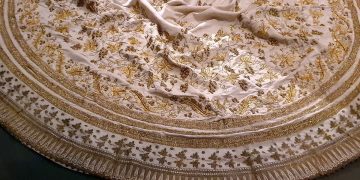
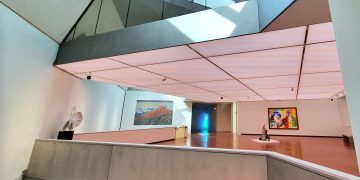
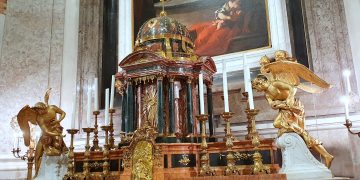

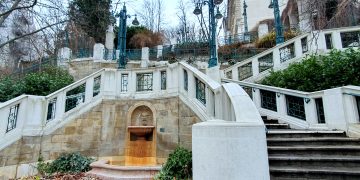

 SLOVAKIA-BRATISLAVA
SLOVAKIA-BRATISLAVA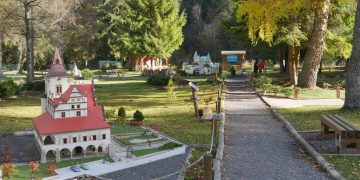
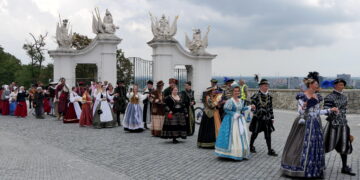

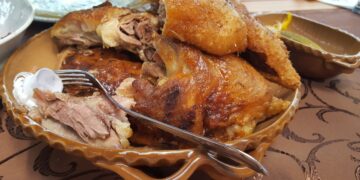
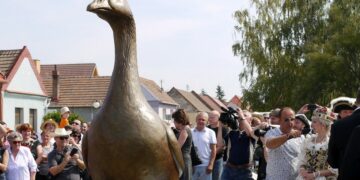
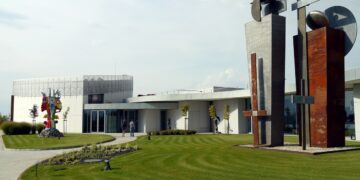
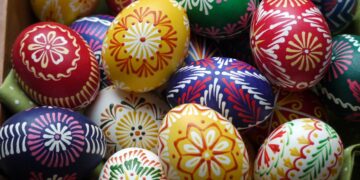
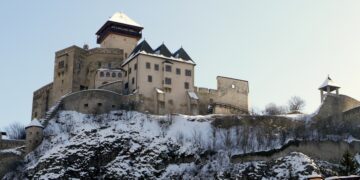
 EVENTS
EVENTS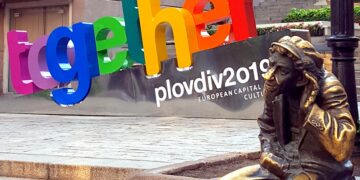
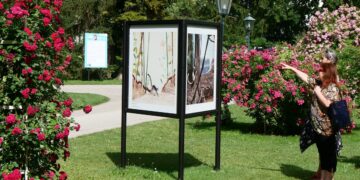
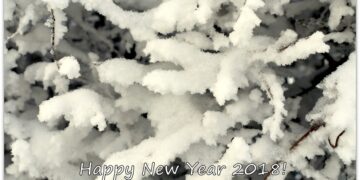
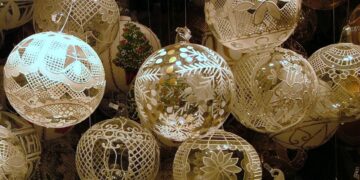
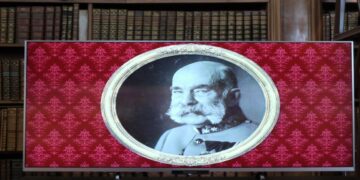
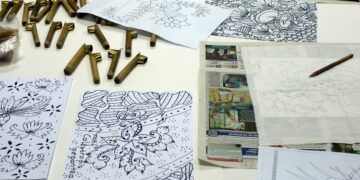

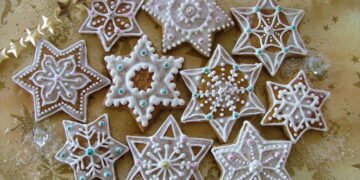
 INTERVIEWS
INTERVIEWS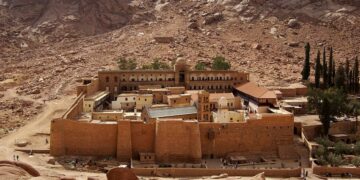

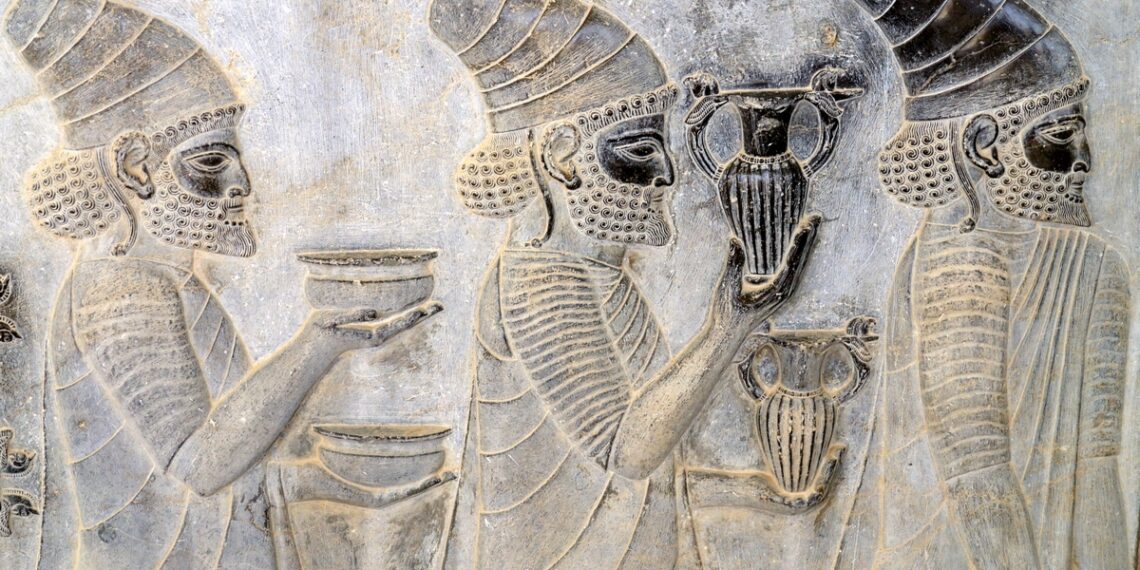



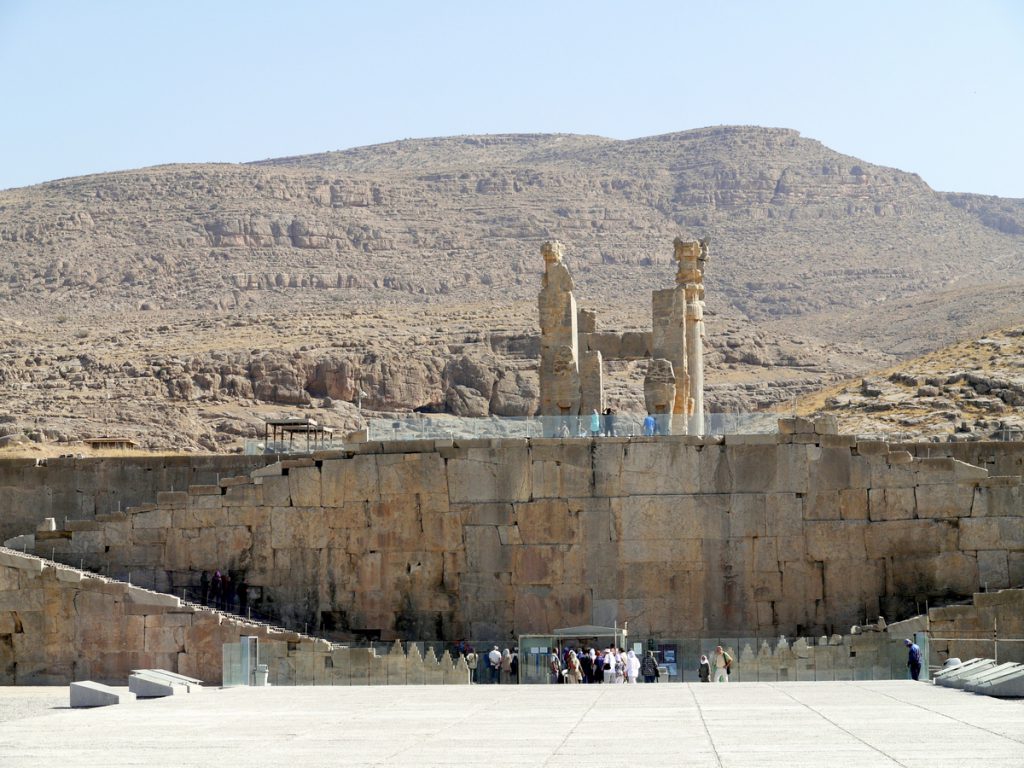
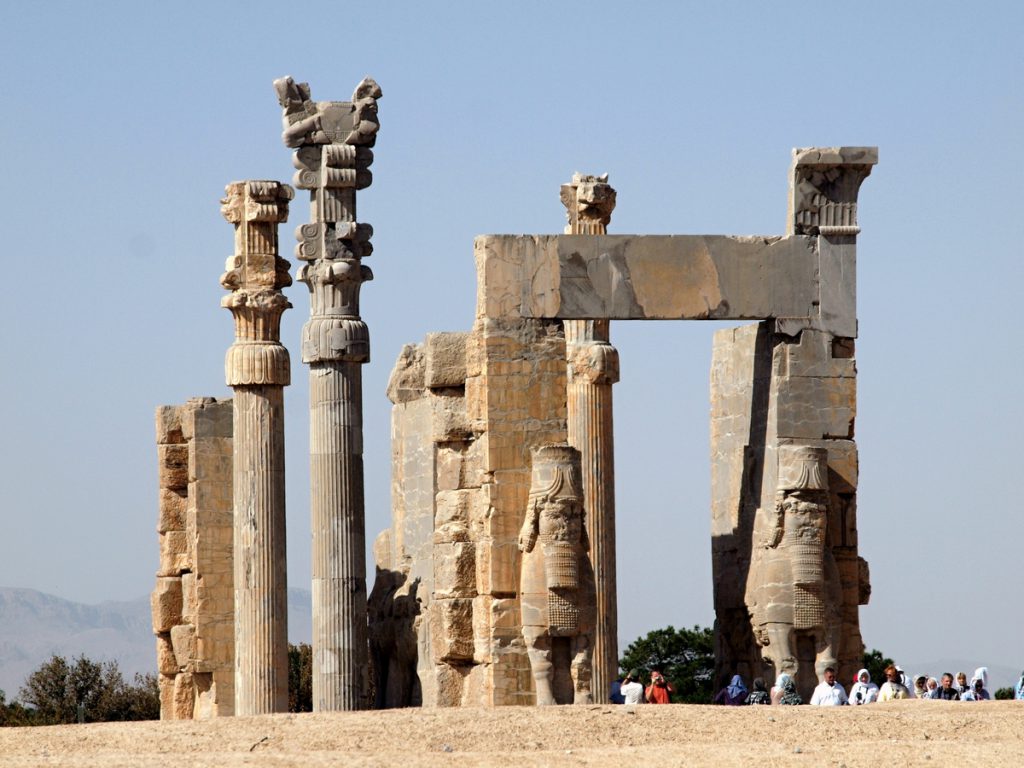
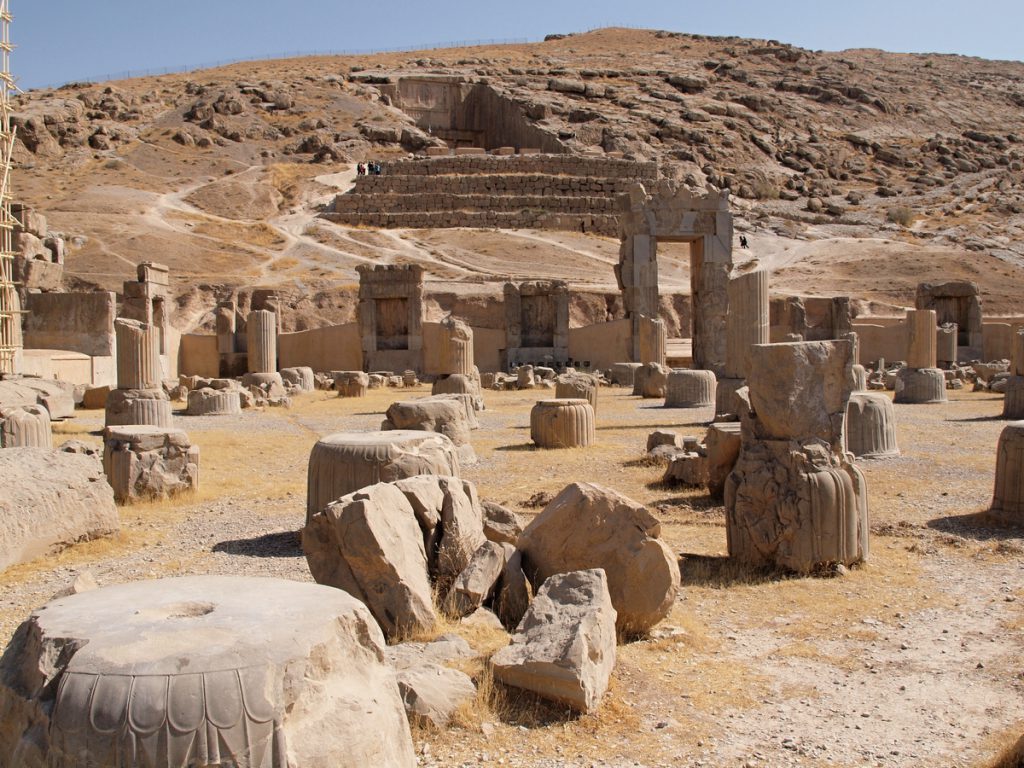

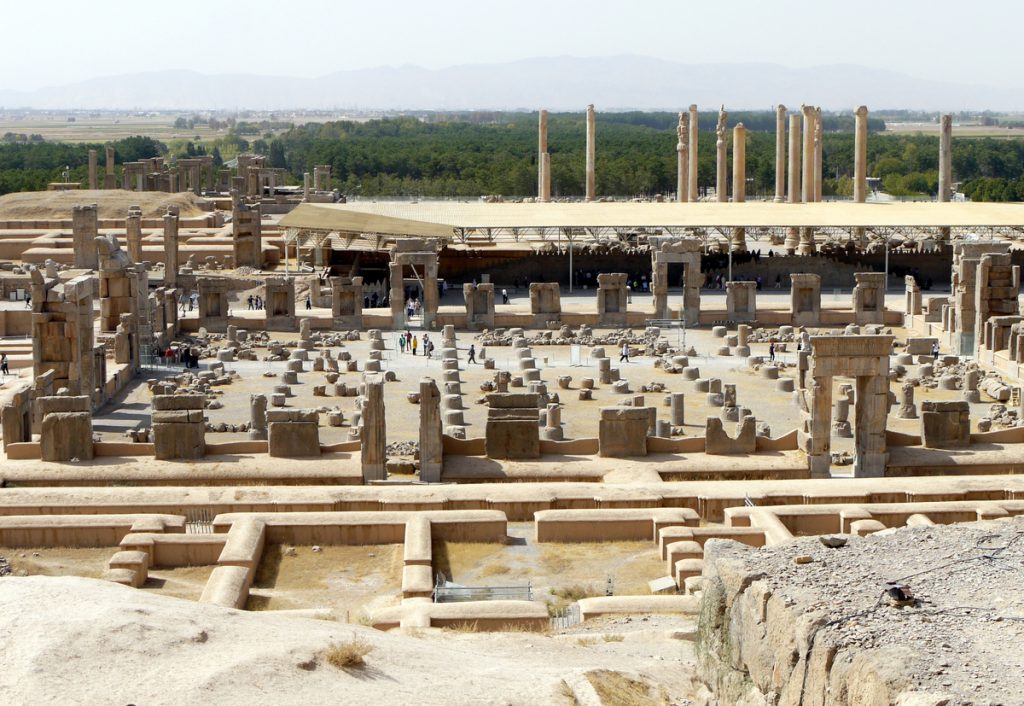
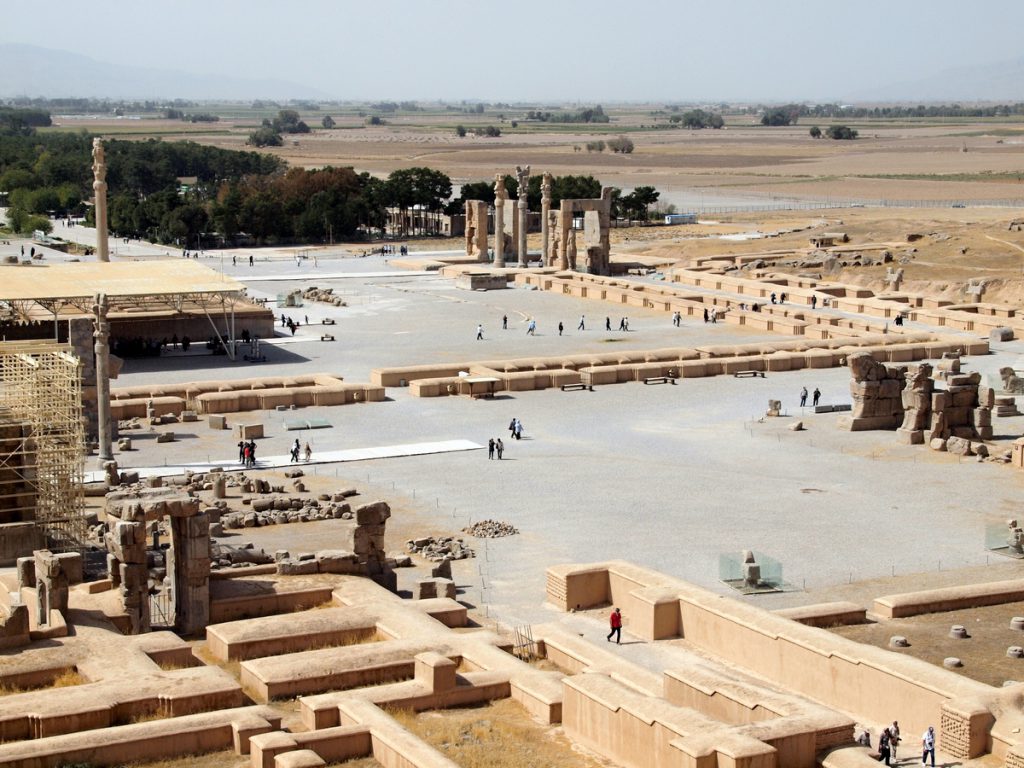



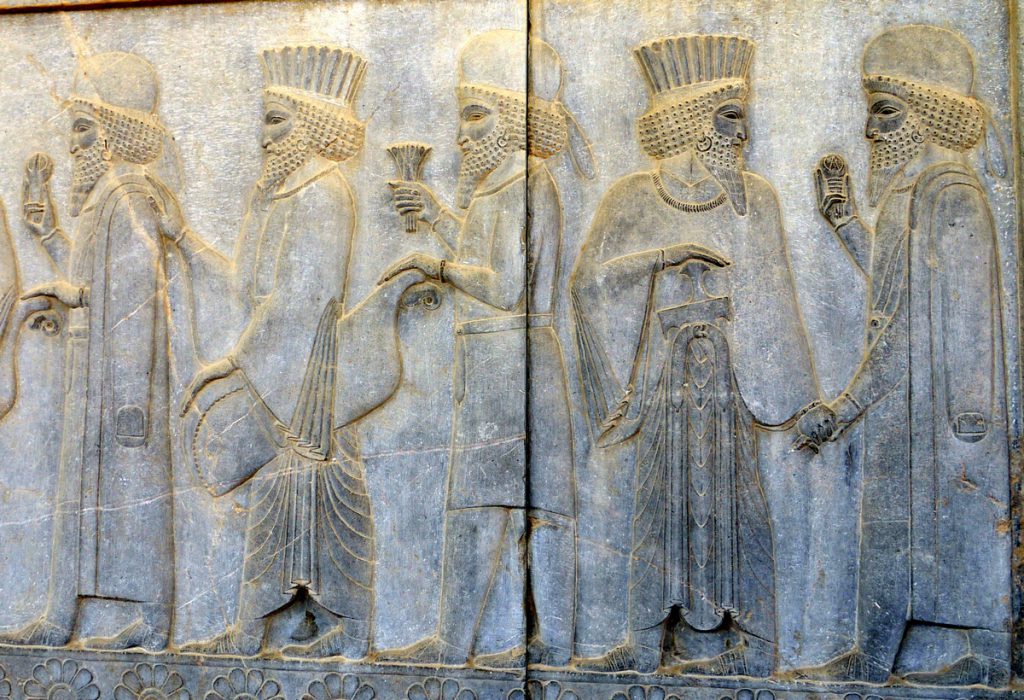

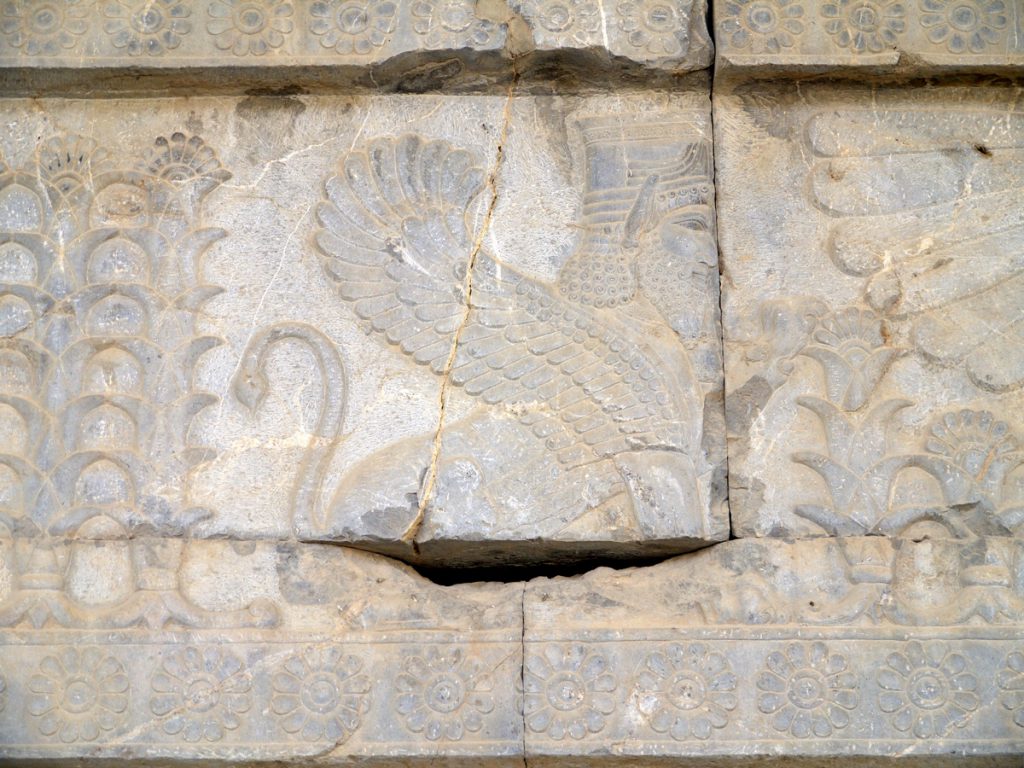


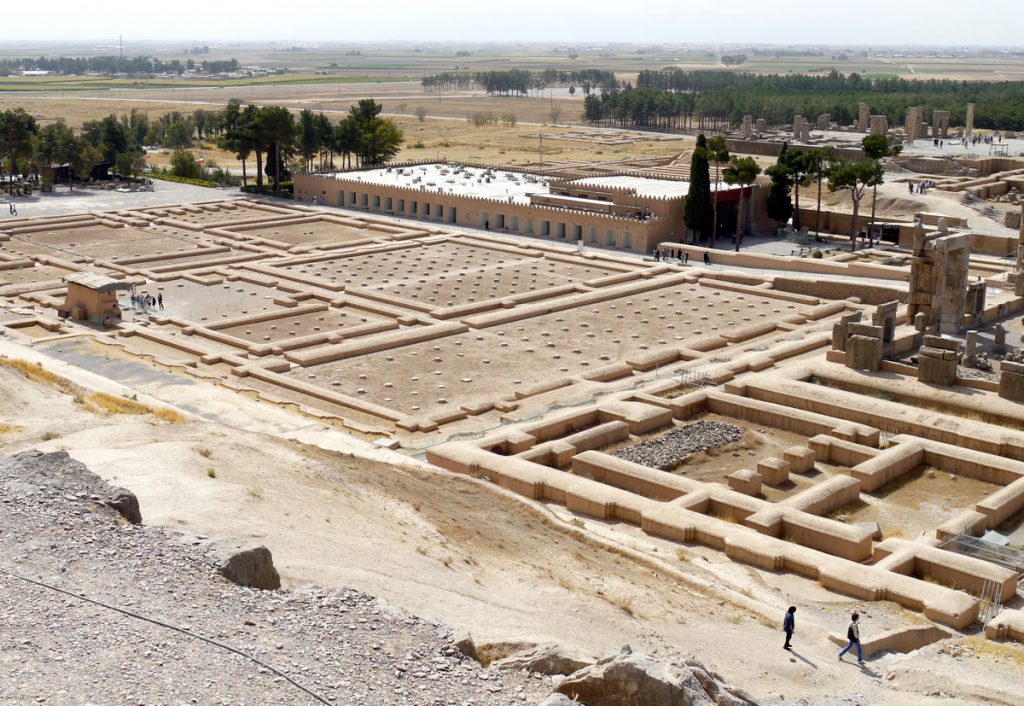

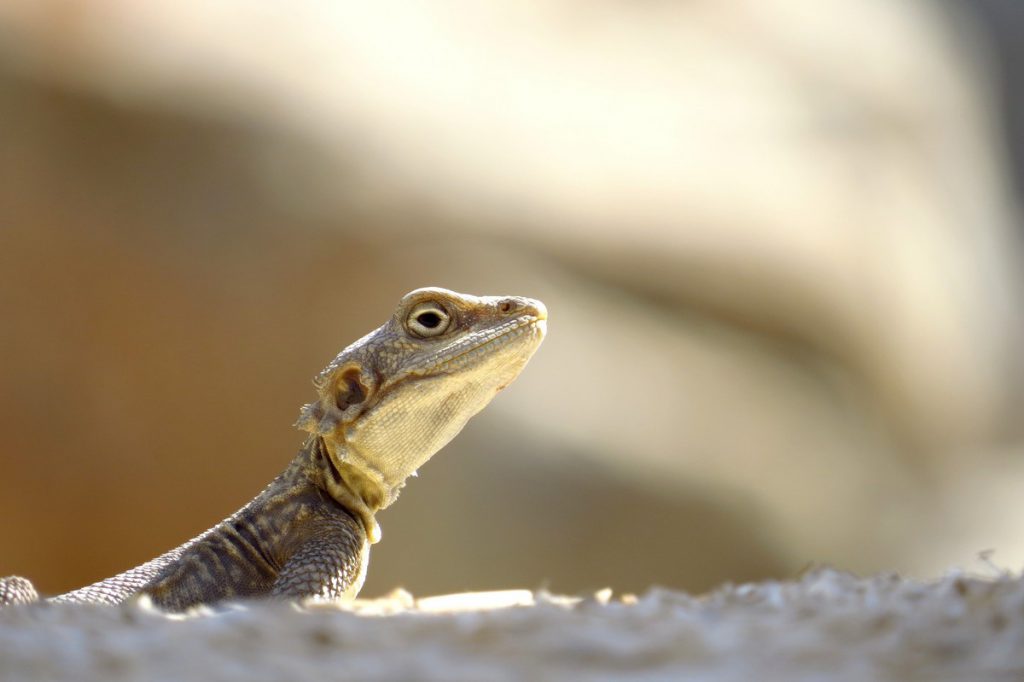

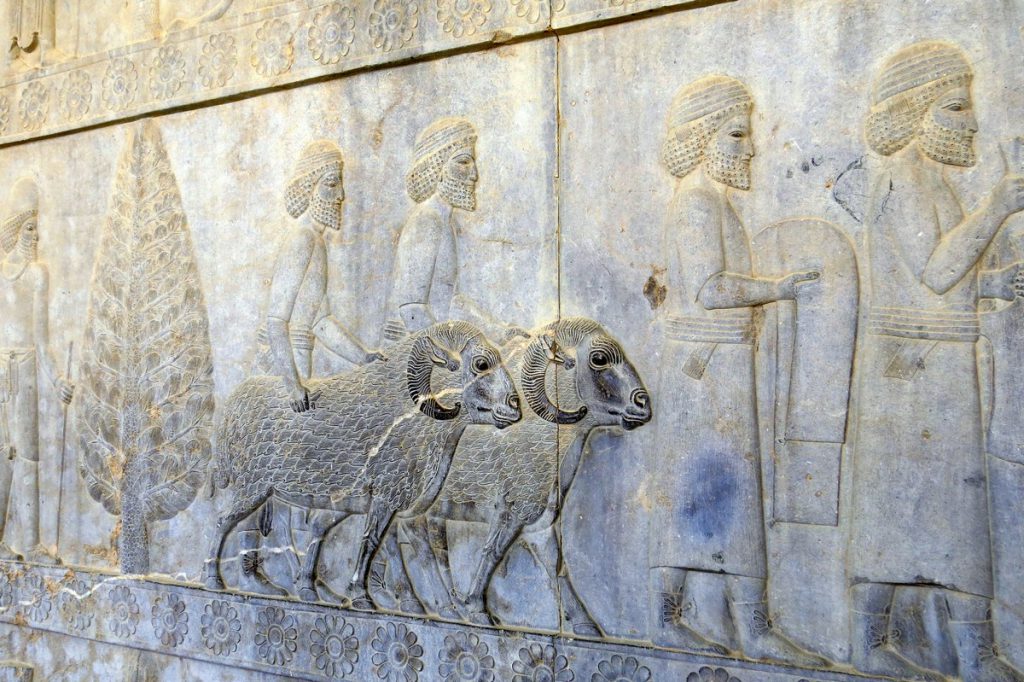

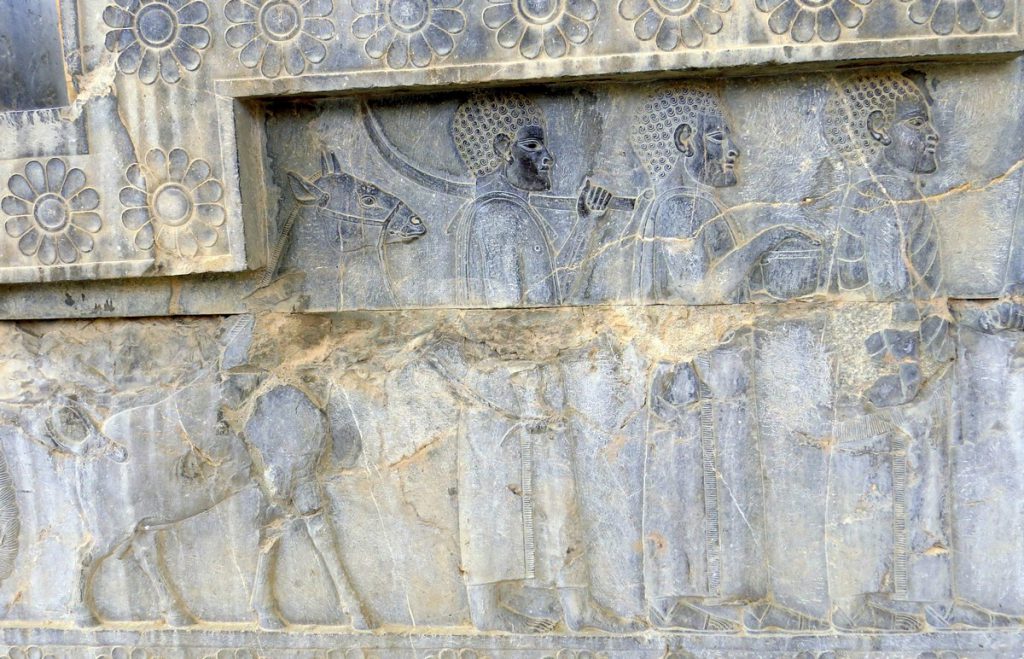





 Bukhara – The Spirit of Trade Still Alive
Bukhara – The Spirit of Trade Still Alive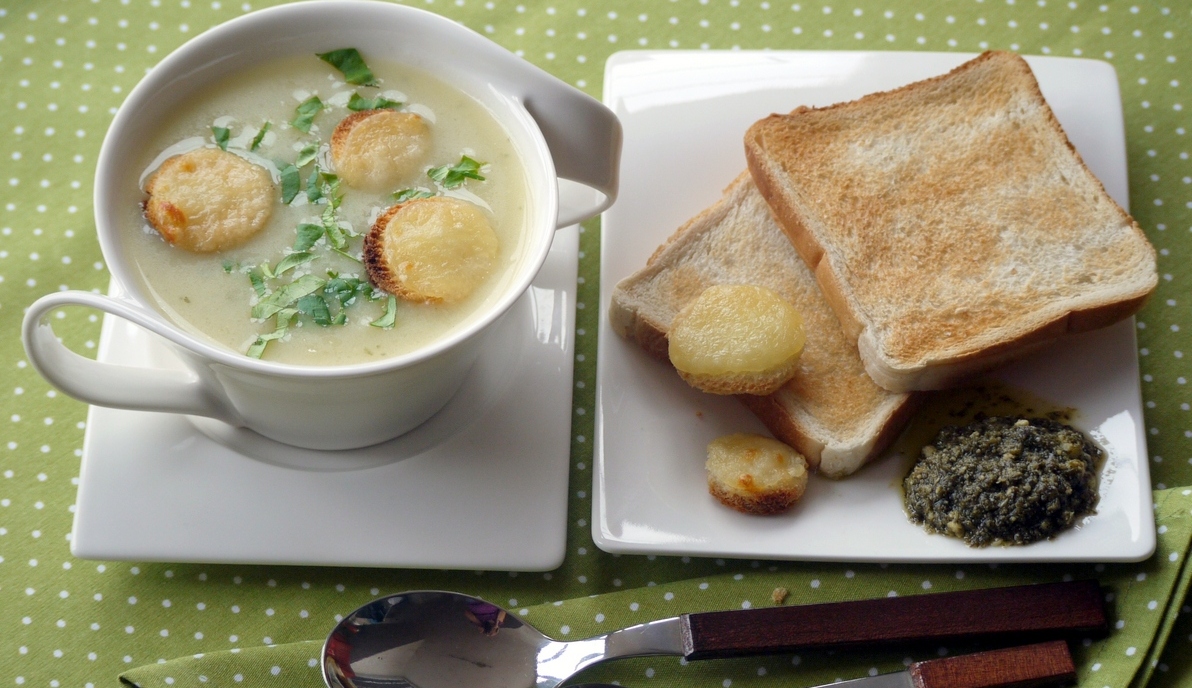 Wild Garlic Soup with Mozzarella
Wild Garlic Soup with Mozzarella 

